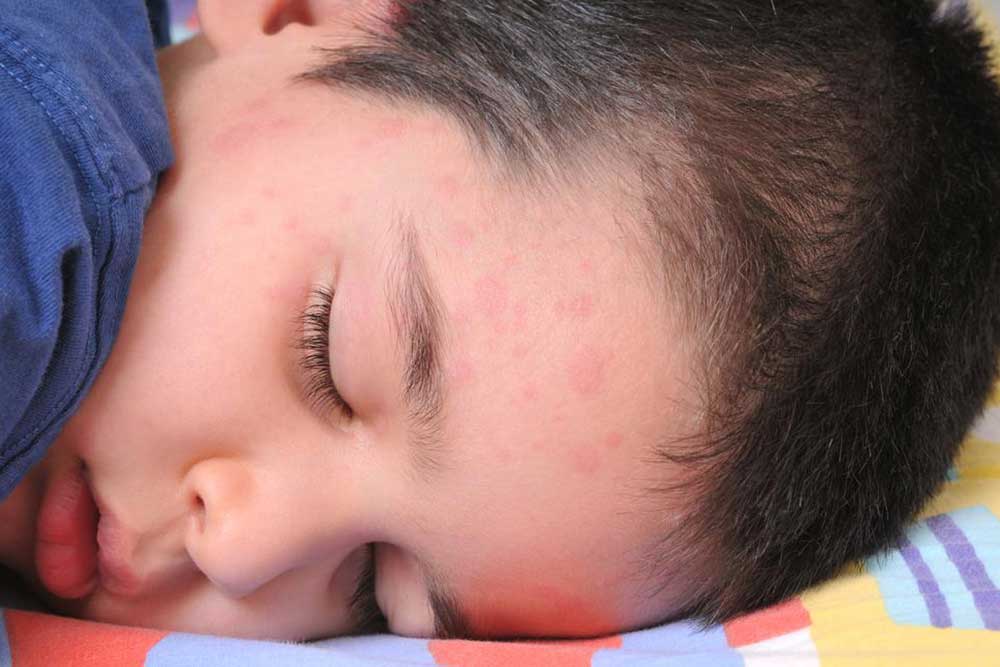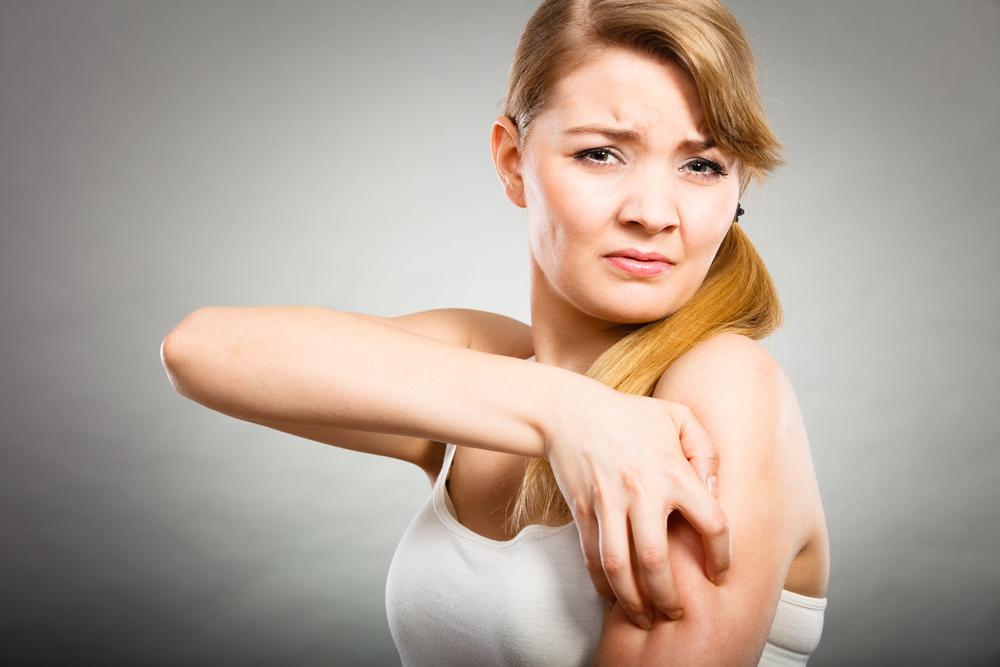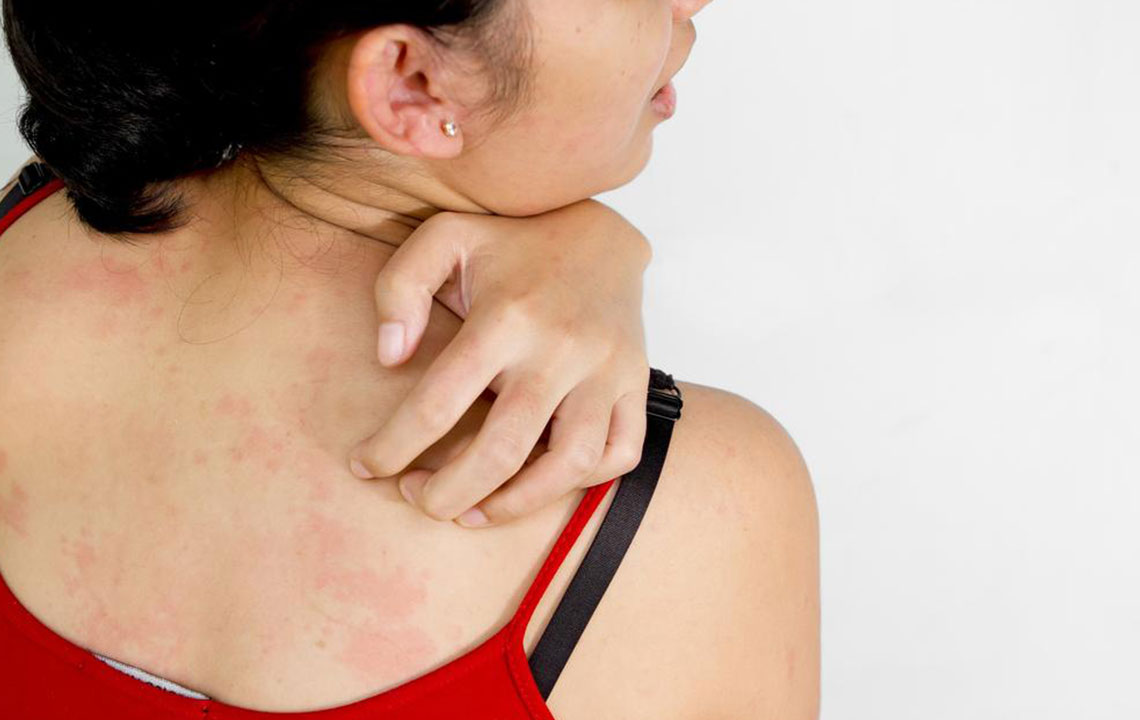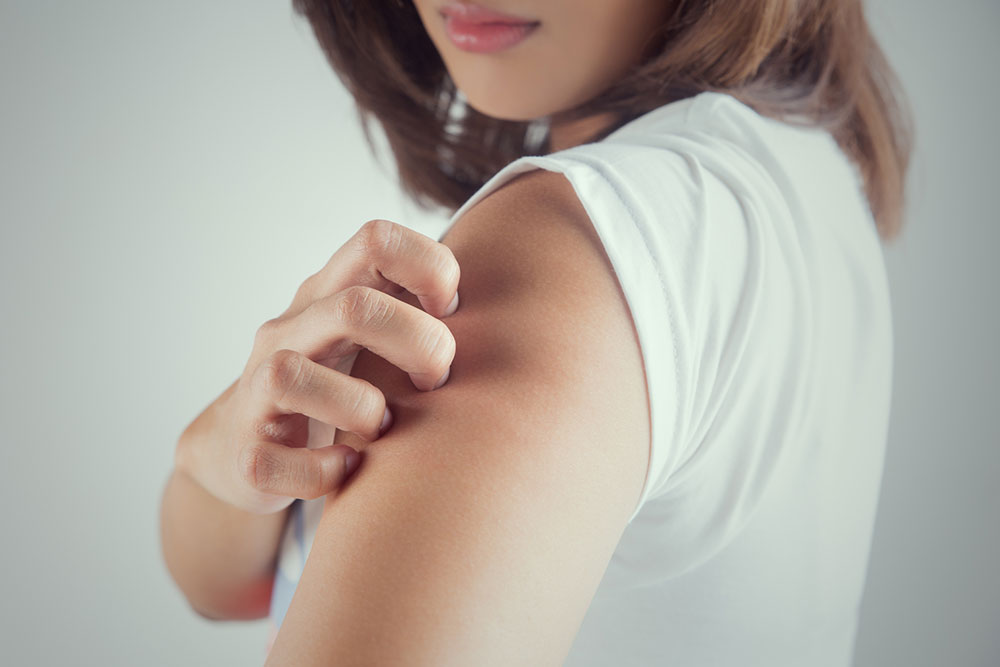Comprehensive Guide to Different Types of Itchy Skin Rashes
This article provides an in-depth overview of different types of itchy skin rashes, their causes, symptoms, and treatment options. From eczema and psoriasis to contact dermatitis and heat rashes, learn how to identify and manage these common skin conditions effectively. Early diagnosis and appropriate care can greatly reduce discomfort and prevent complications. Consult a healthcare professional if rashes persist or worsen, ensuring proper treatment and relief.
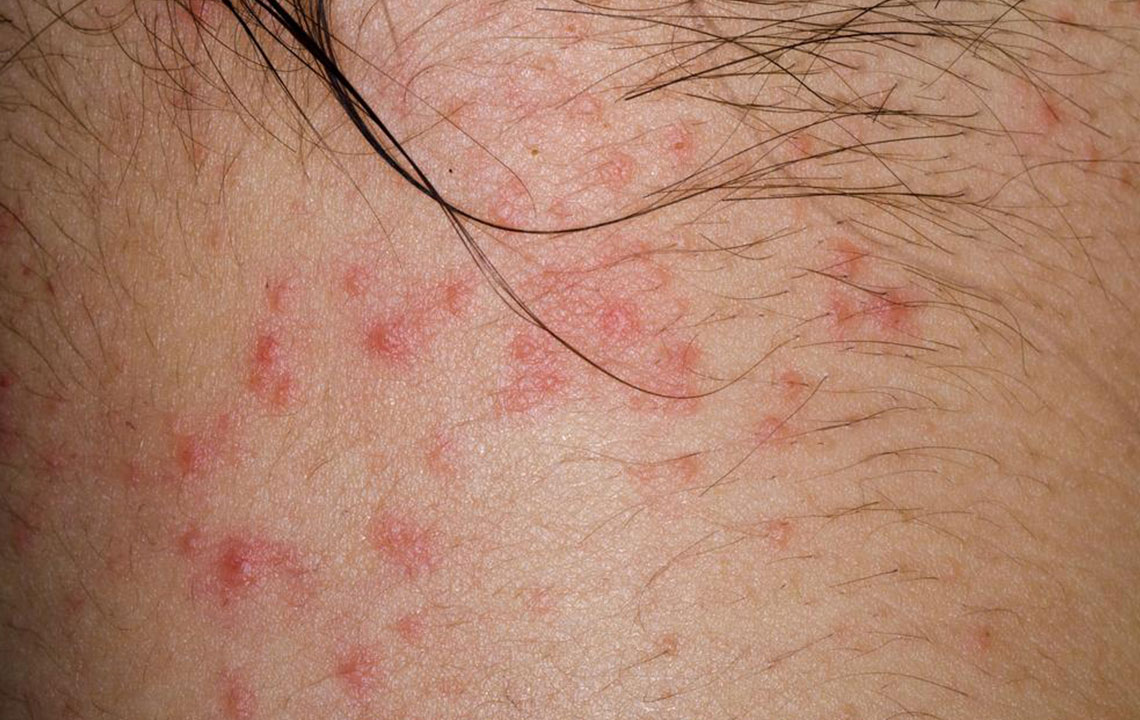
Comprehensive Guide to Different Types of Itchy Skin Rashes
Skin rashes can appear suddenly and affect individuals of all ages at various times in life. These skin irritations are quite prevalent and often start in childhood. Rashes are inflamed skin responses that can vary in appearance and severity. Common types include poison ivy, eczema, hives, and contact dermatitis, often caused by bacterial, fungal, viral, or parasitic infections. Over-the-counter remedies can provide relief, but persistent or severe rashes should be evaluated by a healthcare professional for proper diagnosis and treatment.
Various non-infectious rashes exist, and their appearance may coincide with fever or other symptoms, indicating possible illness. Early consultation with a doctor is advised.
Types of Itchy Skin Rashes
Atopic Dermatitis
Also called eczema, this common condition begins in childhood, presenting red, itchy, and weeping skin typically affecting elbows, knees, cheeks, wrists, neck, and ankles. It’s often seen in individuals with asthma or hay fever.
Seborrheic Dermatitis
Usually affecting adults, this rash appears as red, flaky patches, mainly on the scalp, eyebrows, ears, cheeks, and forehead. In children, it commonly affects the scalp.
Contact Dermatitis
Triggered by skin contact with allergens or irritants like chemicals, poison ivy, oak, or sumac, this rash is localized and often weepy. It appears only where contact occurs.
Diaper Rash
Resulting from prolonged exposure to feces or urine, diaper rash affects infants and adults wearing diapers, causing red, irritated skin.
Stasis Dermatitis
This occurs in the lower legs due to poor venous circulation, leading to oozing and swelling.
Psoriasis
Characterized by thick, scaly patches that may ooze, psoriasis commonly appears on the scalp, knees, and elbows, with silvery flakes.
Hives
Rapidly appearing red, itchy bumps that fade within hours but recur frequently. They can be caused by allergens or medications; avoiding triggers is recommended.
Nummular Eczema
Presents as coin-shaped, oozy patches, often during colder months, linked to dry skin.
Drug Eruptions
Certain medications may cause allergic skin reactions, resulting in rashes.
Heat Rashes
Typically affecting infants, heat rash appears as small, red bumps or blisters, especially on the neck, chest, elbows, or groin. Cooler environments can alleviate symptoms.
Minor rashes often respond well to over-the-counter treatments like hydrocortisone cream, antihistamines, and moisturizers. Persistent or widespread rashes should be examined by a healthcare provider for appropriate diagnosis and management.
Treatment Options for Itchy Rashes
Most immediate rashes resolve naturally or with OTC medications such as hydrocortisone. Anti-itch creams and antihistamines help reduce discomfort.
Fungal infections may require topical antifungals containing clotrimazole, terbinafine, or miconazole.
If symptoms persist or worsen, consulting a dermatologist is essential for proper care.
Understanding rash types and their causes ensures effective treatment. Seeking medical advice promptly can prevent complications and provide relief from persistent skin irritation.

